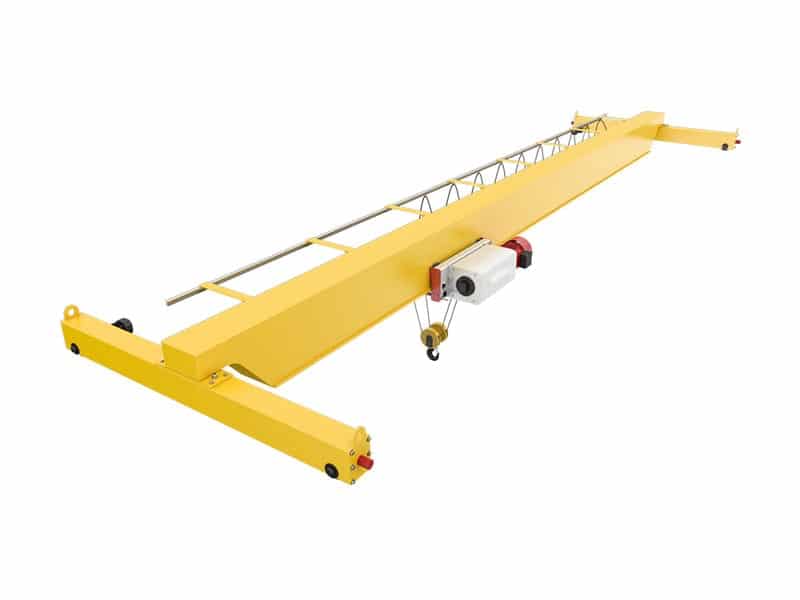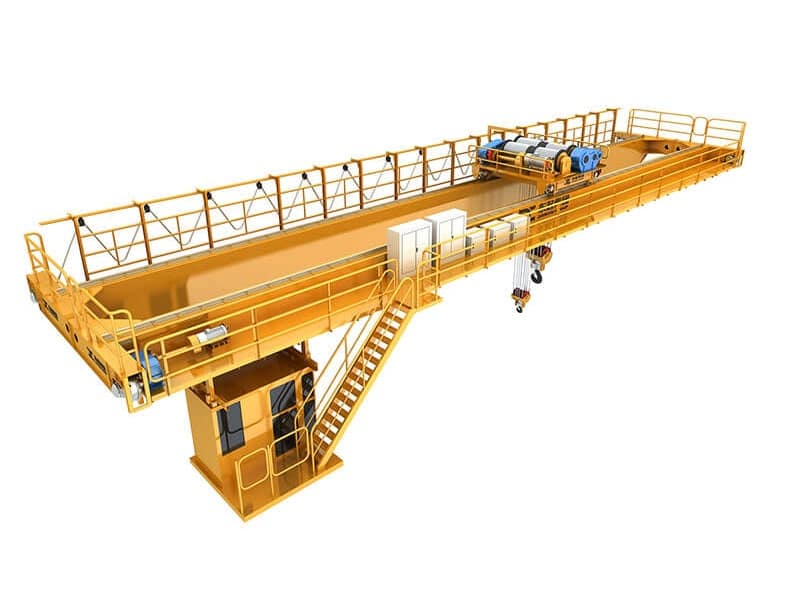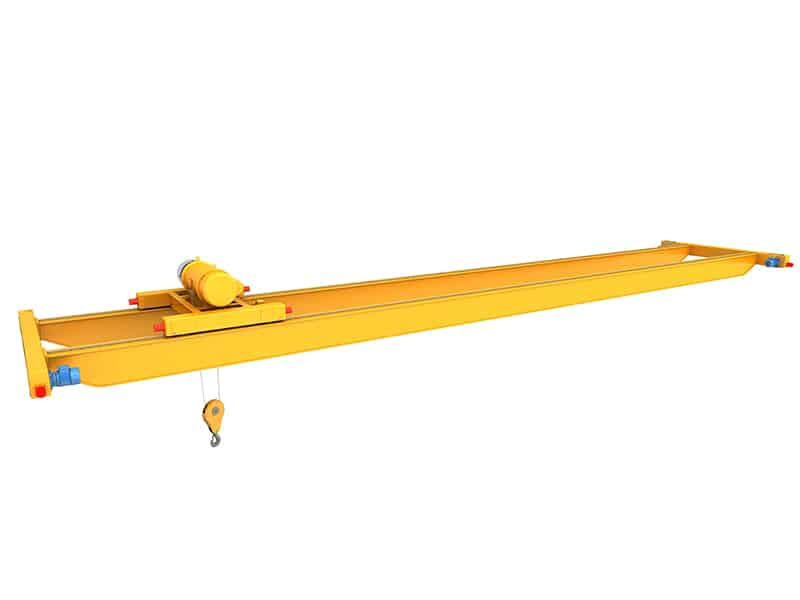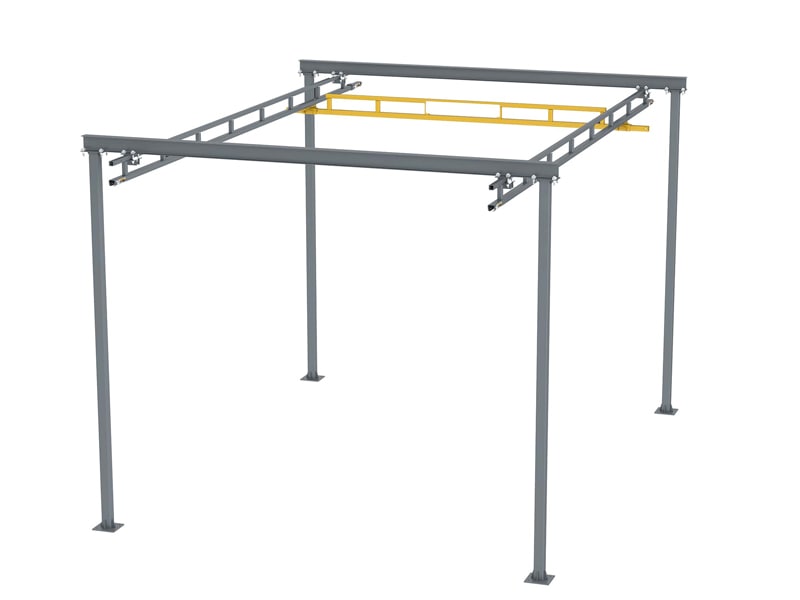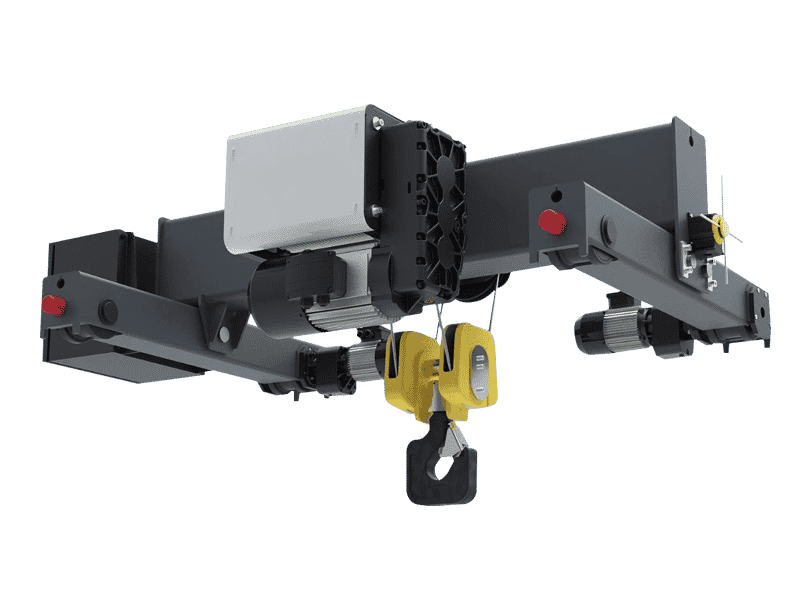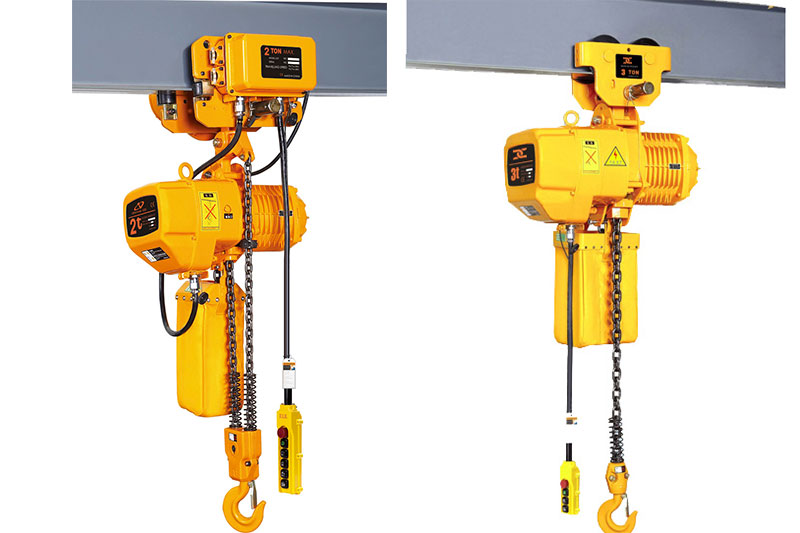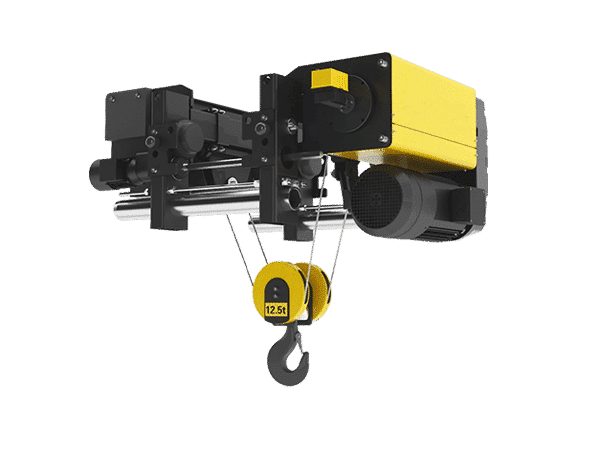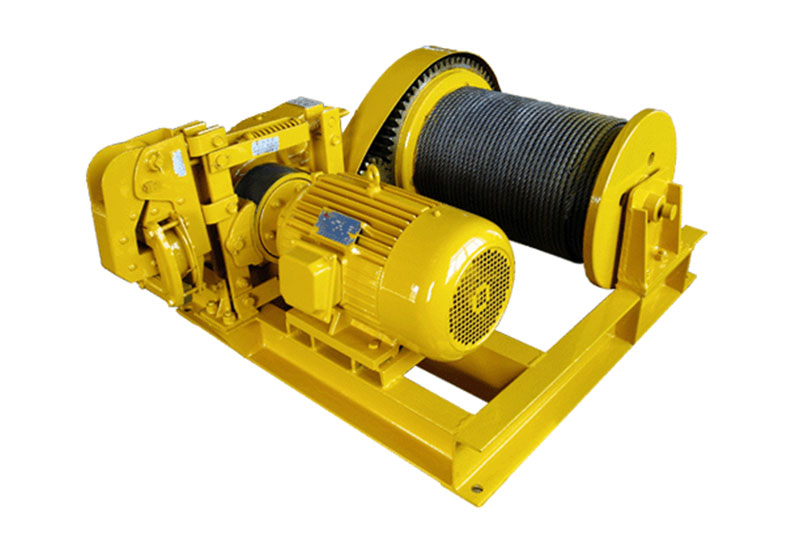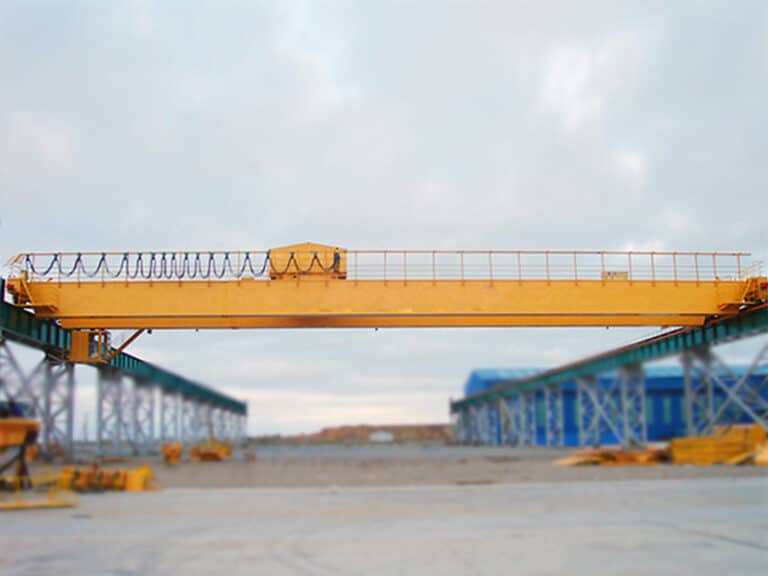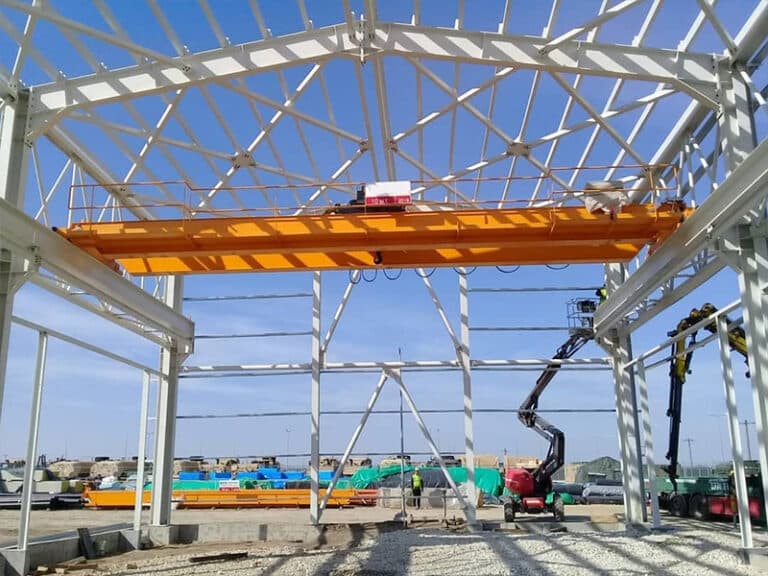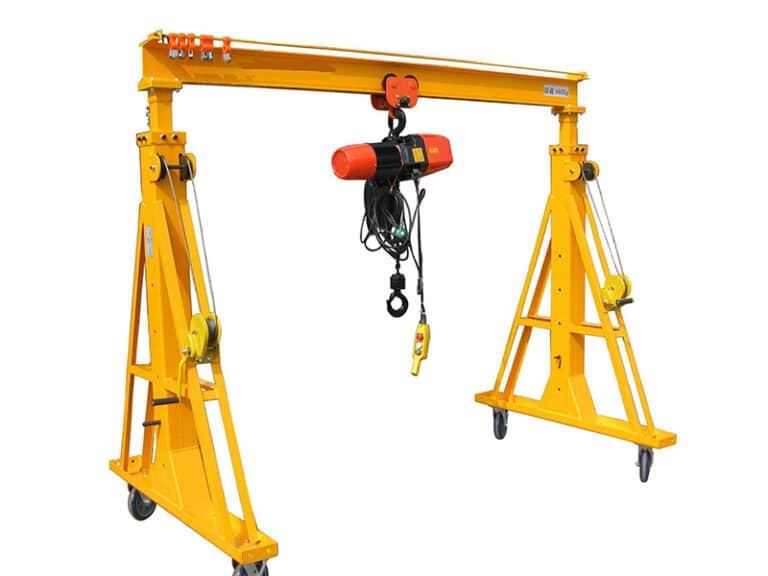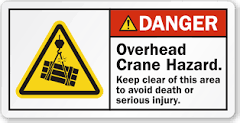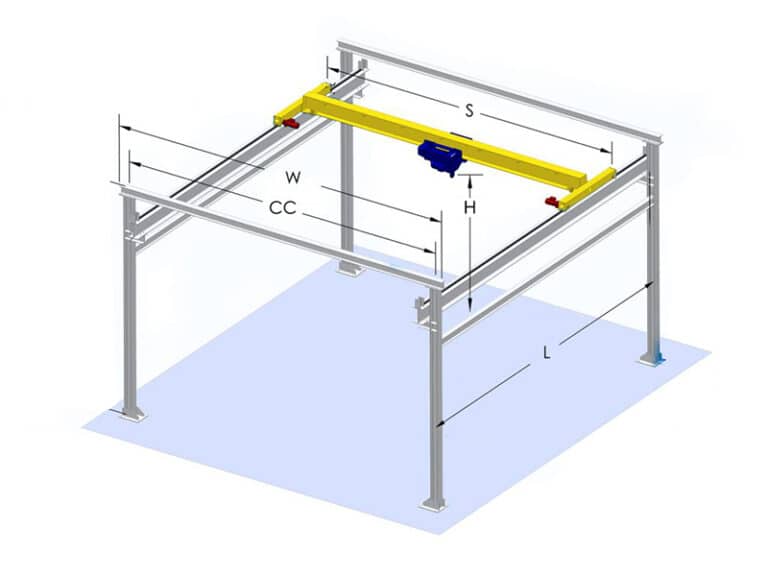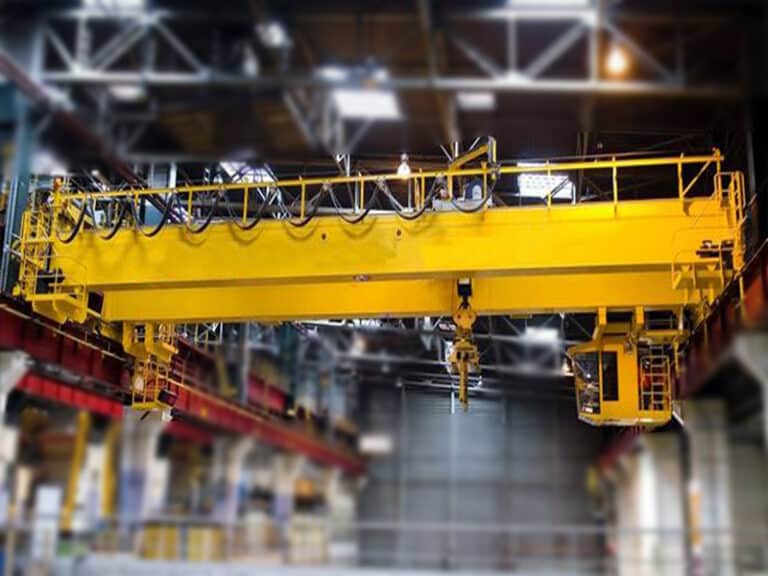In this article, we will explore the various components of an overhead crane, how they work, and the different types of cranes available for different industrial applications.
Introduction
Overhead cranes are a type of industrial crane that is designed to lift and move heavy loads in a safe and efficient manner.
These cranes are typically used in manufacturing plants, construction sites, and other industrial settings where heavy lifting is required.
They are known for their ability to move loads both horizontally and vertically, making them ideal for tasks such as loading and unloading materials from trucks, moving large machinery and equipment, and lifting heavy objects onto high shelves or platforms.
Definition of overhead crane
An overhead crane, also known as a bridge crane or a suspended crane, is a type of material handling equipment that is used to move heavy objects vertically and horizontally in a workspace.
It consists of a bridge that runs along two parallel rails installed on elevated beams, a hoist that travels along the bridge to lift and move loads, and a trolley that moves the hoist horizontally.
Purpose of overhead crane
The primary purpose of an overhead crane is to facilitate the movement of heavy materials and objects in a workspace.
It allows for the efficient and safe transfer of materials from one location to another, such as from a storage area to a production area or from one assembly station to another.
Overhead cranes are particularly useful in industries that deal with heavy and bulky materials, such as manufacturing, construction, and shipping.
Importance of overhead crane
Firstly, proper training and operation of overhead cranes can significantly improve workplace safety by reducing the risk of accidents and injuries.
Secondly, understanding the capabilities and limitations of overhead cranes can help to optimize production processes and reduce downtime.
Finally, a basic understanding of overhead crane technology can help in selecting the right type of equipment for a specific application and maintaining the equipment to ensure its long-term performance.
Components of overhead crane
Overhead crane is a commonly used material handling equipment in industries such as manufacturing, construction, and logistics. It is composed of several components, including the bridge, hoist, trolley, and runway.
Bridge
The bridge is the main horizontal beam of the crane that spans the gap between the two parallel runways. It is usually made of steel and is supported by end trucks or end carriages.
The end trucks are the components that support the bridge and allow it to move along the runway. They are equipped with wheels or rollers that run on the rails of the runway.
The bridge is driven by a motor that powers the wheels of the end trucks. This allows the bridge to move along the runway and position the hoist and trolley above the material being lifted or moved.
The bridge can be designed in different configurations depending on the specific needs of the application.
Some common configurations include single girder, double girder, and underslung.
Single Girder Overhead Cranes
√ Standard span: 6 to 30 m
Light-duty material handling systems is mainly used in light-duty workshops and warehouses such as in the textile industry and the food industry.
Double Girder Overhead Cranes
√ Standard span: 6 to 30 m
Mainly used in factories, warehouses, and other indoor steel structure workshops.
Top Running Cranes
Under Running Cranes
Single girder bridges are used for lighter loads and shorter spans, while double girder bridges are used for heavier loads and longer spans.
Underslung bridges are mounted below the runway and are used in applications where headroom is limited.
Overall, the bridge is a critical component of overhead cranes as it provides the main structure for supporting and moving the hoist and trolley.
Its design and configuration must be carefully considered to ensure that it meets the specific requirements of the application.
Hoist and trolley
The two main components of an overhead crane are the hoist and trolley.
The hoist is the component responsible for lifting the load, and it consists of a motor, gearbox, rope drum, and braking system.
The motor provides the power to lift the load, and the gearbox is responsible for transmitting that power to the rope drum.
The rope drum is where the rope or chain used to lift the load is wound.
The braking system ensures that the load does not drop unexpectedly in case of power failure or malfunction.
The trolley is the component that moves the hoist along the bridge of the crane. It consists of wheels that run along the bridge and a motor that provides the power to move the hoist.
The trolley can be operated manually or through a remote control system, depending on the design of the crane.
Overall, the hoist and trolley are critical components of overhead cranes and are responsible for lifting and moving heavy loads with precision and safety.
Wire Rope Hoists – New Style
Electric Chain Hoists
Electric Wire Rope Hoists
Industrial Winch
Runway
The runway is a crucial component of an overhead crane system. It is a structure that consists of rails or beams mounted on columns or a framework that supports the crane’s movement.
The runway must be constructed from strong and durable materials capable of handling the weight of the crane and the loads it lifts.
The rails or beams on the runway serve as the tracks on which the crane travels. The rails must be straight and level to ensure smooth movement of the crane.
The rails can be made of steel, aluminum, or other materials, depending on the weight and size of the loads the crane will carry.
The columns or framework that support the runway must be sturdy and firmly anchored to the ground to prevent any movement or instability.
The columns are typically made of steel or reinforced concrete to provide the necessary strength to support the runway and the loads carried by the crane.
To ensure safe and efficient operation of the crane, the runway must be designed and constructed according to industry standards and regulations.
The runway should be inspected regularly for any signs of wear or damage and repaired as necessary to prevent accidents and ensure the longevity of the crane system.
The runway provides the necessary support and track for the crane to move along and lift heavy loads.
Proper design, construction, and maintenance of the runway are critical to the safe and efficient operation of the crane.
Control panel
Pendant Control Panel:
A pendant control panel is a handheld device that is attached to the crane by a cable. It is commonly used for small to medium-sized cranes and allows the operator to move the crane in different directions, control the speed of the crane, and operate the hoist.
The pendant control panel is easy to use and is a popular choice for overhead cranes that require precision movements.
Radio Remote Control Panel:
A radio remote control panel is a wireless control panel that allows the operator to control the crane from a distance.
The operator can move around freely while operating the crane, which is especially useful when the crane is being used in a hazardous environment.
The radio remote control panel can also be used for large cranes that require multiple operators.
Cabin Control Panel:
A cabin control panel is located inside the cabin of the crane and is used to operate the crane.
The cabin control panel is typically used for larger cranes that require more precision movements and multiple operators.
The cabin control panel allows the operator to have a better view of the work area and provides a comfortable and safe environment for the operator.
Comparison Table for Three Control Methods of Bridge Crane
The main differences of the three types of overhead crane control methods are summarized: pendant control panel, radio remote control panel, and cabin control panel. It includes various aspects such as mobility, convenience, safety, maintenance, operation efficiency, control range, operator experience, and environmental factors.
| Control Method | Pendant Control Panel | Radio Remote Control Panel | Cabin Control Panel |
| Mobility | Fixed at a certain spot | Portable and wireless | Fixed in the cabin |
| Convenience | Not very convenient | Convenient and flexible | Convenient |
| Safety | Safe | Safe | Safe |
| Maintenance | Low maintenance costs | Low maintenance costs | High maintenance costs |
| Operation Efficiency | Low efficiency | High efficiency | High efficiency |
| Control Range | Limited range | Long range | Limited range |
| Operator Experience | Easy to operate | Easy to operate | Requires training |
| Environmental Factors | Not affected | Affected by interference | Not affected |
The type of control panel used will depend on the size of the crane, the environment it is being used in, and the level of precision required.
Types of overhead crane
Overhead cranes are classified based on several factors, including their design, application, and lifting capacity.
Single Girder Overhead Crane: This type of crane consists of a single bridge girder that supports a hoist and trolley. It is the most common type of overhead crane and is suitable for light to medium lifting applications. Single girder overhead cranes are cost-effective and easy to install.
Double Girder Overhead Crane: This type of crane has two bridge girders that support a hoist and trolley. It is suitable for heavy lifting applications and provides greater stability and lifting height than single girder cranes. Double girder overhead cranes are commonly used in factories, power plants, and construction sites.
Gantry Crane: Gantry cranes are similar to overhead cranes but are supported by legs on the ground rather than overhead runways. They are commonly used in outdoor applications such as shipyards and construction sites, where they can move heavy loads over uneven terrain.
Jib Crane: Jib cranes consist of a horizontal beam, called a jib, that is supported by a vertical mast. They are used for lifting and moving objects within a small radius and are commonly used in workshops, assembly lines, and loading docks.
Monorail Crane: Monorail cranes consist of a single rail that is suspended from the ceiling or mounted on a support structure. They are used for moving materials along a fixed path and are commonly used in manufacturing plants and warehouses.
Underhung Crane: Underhung cranes are similar to overhead cranes but are designed to run on the bottom flange of an I-beam rather than on overhead runways. They are used in facilities where overhead space is limited, such as in low-ceiling buildings or when there are obstacles in the way.
overhead cranes come in many types and configurations, each designed to meet specific lifting and moving requirements. By understanding the different types of overhead cranes available, you can choose the best one for your application and maximize productivity and safety in your workplace.
Applications of overhead crane
Overhead cranes are essential pieces of equipment in many industries. They are designed to lift and move heavy objects, making them ideal for a wide range of applications.
Manufacturing and Production Facilities: Overhead cranes are commonly used in manufacturing and production facilities to move heavy materials and equipment. They are used in a variety of industries, including automotive, aerospace, and steel production. Overhead cranes can lift and move heavy objects with precision, making them essential for manufacturing processes that require accuracy and efficiency.
Warehouses and Storage Yards: Overhead cranes are also commonly used in warehouses and storage yards to move and stack heavy materials. They are ideal for lifting and moving large and bulky items, such as pallets, boxes, and crates. Overhead cranes can also be used to load and unload trucks and shipping containers, making them essential for logistics and supply chain operations.
Construction Sites: Overhead cranes are frequently used in construction sites to move heavy building materials, such as steel beams and precast concrete panels. They are also used to lift and position equipment, such as generators and HVAC units. Overhead cranes are essential in the construction industry as they can move heavy objects to hard-to-reach areas, improving the speed and efficiency of construction projects.
Ports and Shipyards: Overhead cranes are commonly used in ports and shipyards to load and unload cargo from ships. They are used to lift and move shipping containers, heavy machinery, and other materials. Overhead cranes can also be used to move ships and boats from the water to dry docks for maintenance and repairs.
overhead cranes are essential pieces of equipment in many industries. They are used to lift and move heavy objects with precision and efficiency, making them ideal for a wide range of applications. By understanding the various applications of overhead cranes, you can choose the best one for your specific needs and maximize productivity and safety in your workplace.
Conclusion
In summary, overhead cranes are powerful machines used to lift and move heavy objects in a variety of industries, including manufacturing, warehousing, construction, and ports. They come in different types, each with its own strengths and limitations, making it important to choose the right one for specific applications.
Overhead cranes play a crucial role in improving efficiency and safety in the workplace by reducing the risk of manual handling injuries and increasing productivity. Overall, overhead cranes are an essential tool for modern industries, and their importance will only continue to grow as technology and demand for heavy lifting and materials handling increase.

